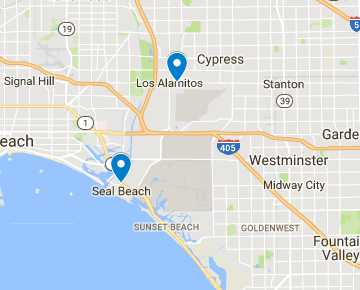Common Foot Problems in Runners

Running is certainly a great workout, but it’s not without drawbacks — and one of those drawbacks is the pressure it places on your feet. If you’re looking for a great cardiovascular workout, nothing beats running. However, though running strengthens the heart, it also puts significant pressure on the feet. After all, it’s your feet that absorb your body’s weight as you pound the pavement. That’s why it’s not uncommon for runners to deal with foot pain brought on by ramping up their mileage too quickly, wearing ill-fitting shoes, or running with a out-of-alignment stride that stresses the feet. As a dedicated runner, you may balk at giving up your favorite activity and think you can power through the discomfort. But if you develop one of these three common foot problems, you need to see a doctor and take measures to reduce the pain so your running can get back on track. 3 Common Foot Problems Seen in Runners These three injuries strike runners most often. All are treatable with some adjustments and pre-run stretching exercises. Plantar Fasciitis. The plantar fascia tendon, which stretches vertically along the bottom of the foot, may become inflamed if you run regularly, abruptly increase your mileage, or run with an improper gait. Plantar fasciitis causes a sharp pain under your arch that may be most severe when you first get out of bed. Rest and icing are the first steps in treating plantar fasciitis. Supportive running shoes or an orthotic insert under your arch can also cushion the plantar fascia tendon and keep it stable. Strengthening the calf muscles and stretching your foot muscles by rolling a tennis ball under the arch can help relieve plantar fasciitis symptoms. If conservative treatments don’t work, radiofrequency nerve ablation uses low heat and radiofrequency energy waves to shut down the pain-causing nerve for two years. Stress Fracture. The metatarsal bones in the foot can crack under the strain of daily runs on hard surfaces. Most patients who experience these small breaks in the bones only feel mild pain on the top of the foot at first, but find the pain worsens as they continue to run. If you feel pain that matches this description, you should have it checked out by a doctor. Since stress fractures don’t always show up on an X-ray, your doctor may order a bone scan or MRI to confirm the diagnosis. Unfortunately, the only way to heal a stress fracture is to stop running for at least six weeks. You may also wear a boot as the fracture mends. Once the fracture heals, you can start running again. Achilles Tendonitis. The Achilles tendon stretches from the calf muscles at the back of your lower leg to the heel bone. Like plantar fasciitis, Achilles tendonitis develops over time from frequent runs that overwork the tendon. In addition to pain in the tendon near the heel, the condition is characterized by tenderness in the feet, pain when flexing the ankle, and a cracking sound when moving the ankle. A sudden increase in the number of miles run or misaligned running mechanics can cause Achilles tendonitis. A specialist can diagnose what led to the problem and suggest remedies. Consult with a Foot Specialist At Alamitos-Seal Beach Podiatry Group, we’ve helped scores of runners overcome foot pain and resume their runs as soon as possible. We’ll diagnose what’s causing your discomfort and suggest treatment options. If your foot pain prevents you from running, contact us today for an appointment so you can get up and running again.





